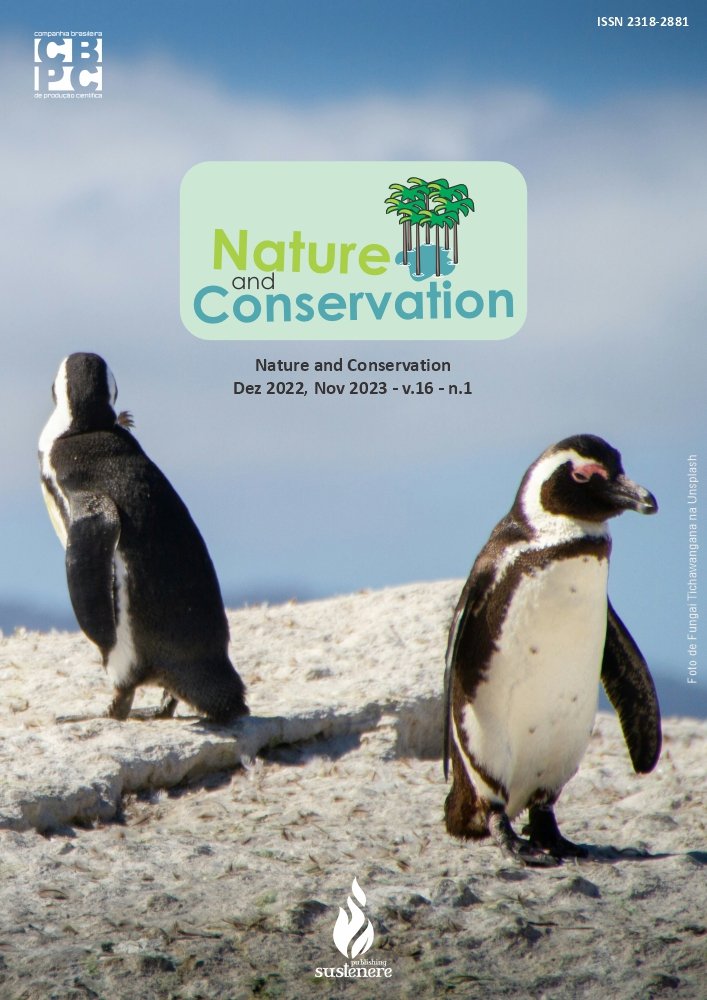Environmental noise assessment using vegetation indices extracted from satellite imaging
DOI:
https://doi.org/10.6008/CBPC2179-6858.2022.007.0006Palabras clave:
Acoustic monitoring, Acoustic mapping, Environmental noise, Satellite imagensResumen
Urban noise affects human health and impacts fauna and flora. Mapping noise levels may contribute to the development of noise mitigation strategies. This paper proposes a noise estimation method for the construction of an acoustic map in urban spaces using satellite images. The method was tested using data from the city of São Luís (MA), Brazil. For one year, noise was measured monthly at 25 points, with different characteristics of noise sources related to types of urban landscapes and rural areas. The month was randomly chosen for data acquisition from the noise monitoring period to estimate an acoustic map using remote sensing data from Landsat 8 satellite and vegetation indices, such as the Normalized Difference Vegetation Index (NDVI). A linear regression model and a second-order polynomial regression function were used to estimate the noise from spectral remote sensing data. The NDVI was the best predictor variable (r2 = 0.8554, p < 0.05) considered to be satisfactory, as the mean square error was 3.8 dB. The tested method and proceedings have been shown to be appropriate for monitoring noise in the city and constructing the acoustic map. Therefore, the results demonstrate a good relation between noise and NDVI allowing to use the regression model to construct acoustic maps using free and easily accessible data, and it has the potential to be used as a tool for planning noise control strategies.
Descargas
Descargas
Publicado
Número
Sección
Licencia
Derechos de autor 2023 Revista Iberoamericana de Ciencias Ambientales

Esta obra está bajo una licencia internacional Creative Commons Atribución-NoComercial-SinDerivadas 4.0.
La CBPC - Companhia Brasileira de Produção Científica (CNPJ Brasil: 11.221.422/0001-03) tendrá los derechos materiales de los trabajos publicados. Los derechos se refieren a la publicación del trabajo en cualquier parte del mundo, incluyendo los derechos a las renovaciones, expansiones y diseminaciones de la contribución, así como otros derechos subsidiarios. Todos los trabajos publicados electrónicamente podrán posteriormente ser publicados en colecciones impresas bajo coordinación de esta empresa y / o sus socios. El (los) autores (as) conservan los derechos de autor, pero no están autorizados a publicar la contribución en otra medio, impreso o digital, en portugués o traducción.









